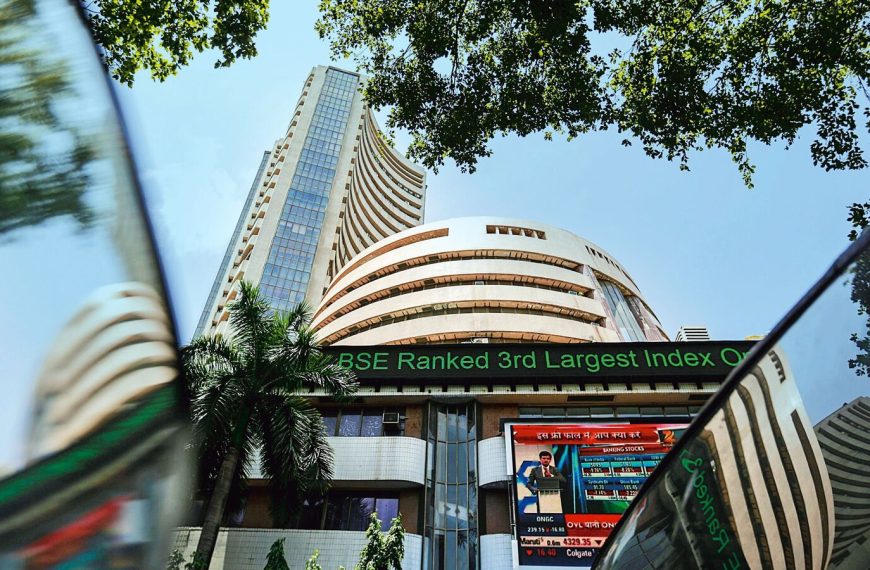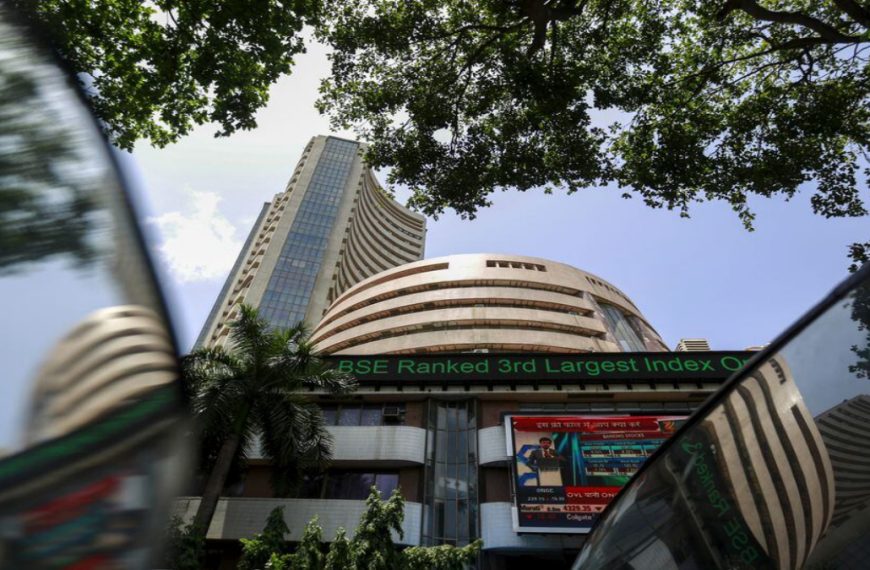Morgan Stanley has recently highlighted a promising outlook for India’s corporate earnings growth, anticipating positive surprises in the upcoming quarters. This optimistic perspective stems from robust domestic macroeconomic conditions, including a rebound in economic growth, increased consumer spending, rising government capital expenditure, and a favorable easing of monetary policy. In stark contrast to many investors’ cautious views on India’s growth trajectory, Morgan Stanley’s assessment suggests a more resilient economic landscape.
India’s Economic Recovery: Key Drivers
Morgan Stanley asserts that India is on a clear path toward recovery, evidenced by encouraging signs in recent data. The investment bank points to a significant 10.7% increase in Goods and Services Tax (GST) revenue during January and February as a high-frequency indicator of economic health. Several factors contributing to this growth include:
- Increased government capital expenditure
- Regulatory reforms
- Declining food inflation
- Recovery in service exports
Government Spending on the Rise
The report notes a notable uptick in government capital expenditure from late 2024 to early 2025. According to the financial budget for 2025–26, this expenditure is projected to grow by 10.1% year-on-year. Moreover, when factoring in grant allocations to state governments, the total capital expenditure is expected to rise by an impressive 17.4%. Morgan Stanley predicts that state governments will play a pivotal role in driving the next phase of public capital expenditure recovery.
While private capital expenditure may experience a slower recovery due to global uncertainties impacting trade and investment cycles, the brokerage remains optimistic. They suggest that India’s limited exposure to international trade should mitigate significant setbacks in its manufacturing sector. Additionally, easing liquidity conditions and favorable regulatory measures are likely to support private sector investment.
Monetary Easing: A Three-Pronged Approach
Monetary easing is currently being implemented through three main channels: policy rate adjustments, improved liquidity conditions, and regulatory reforms. Recent measures taken within the last few weeks are expected to take time to manifest in the economy. A decline in food prices has brought headline inflation closer to core inflation levels, offering the Reserve Bank of India (RBI) room to consider rate cuts in early February.
Morgan Stanley forecasts another 25-basis point rate cut during the RBI’s April meeting, with potential for additional cuts if growth recovery is slower than anticipated. The RBI is also transitioning to a more flexible foreign exchange rate regime and implementing measures to enhance liquidity, such as open market operations and relaxing regulations for non-banking financial companies (NBFCs).
Broad-Based Consumption Recovery
Private consumption has shown encouraging signs, particularly in the last quarter of 2024, with a 7.1% increase in the volume of fast-moving consumer goods (FMCG) sales. This recovery is becoming increasingly broad-based, indicating sustainability across various sectors. Factors propelling this consumption rebound include:
- Tax reductions
- Decreased food inflation
- Strong service export performance
- Increased job creation
Limited Exposure to Global Trade Risks
Morgan Stanley emphasizes that India has relatively low exposure to global goods trade slowdowns, as it maintains the lowest goods exports to GDP ratio in the Asia-Pacific region. This domestic demand-driven economy is expected to cushion the impacts of ongoing tariff disputes. However, the bank flags potential uncertainties regarding tariff increases, particularly with high tariffs on certain imports compared to regional peers.
Officials suggest that a trade agreement between India and the United States could materialize by fall 2025, although reciprocal tariffs that may arise could affect India significantly once implemented.
In conclusion, Morgan Stanley’s report paints a hopeful picture for India’s economic landscape, suggesting that favorable domestic conditions, combined with effective government strategies, could lead to a robust recovery in corporate earnings.











